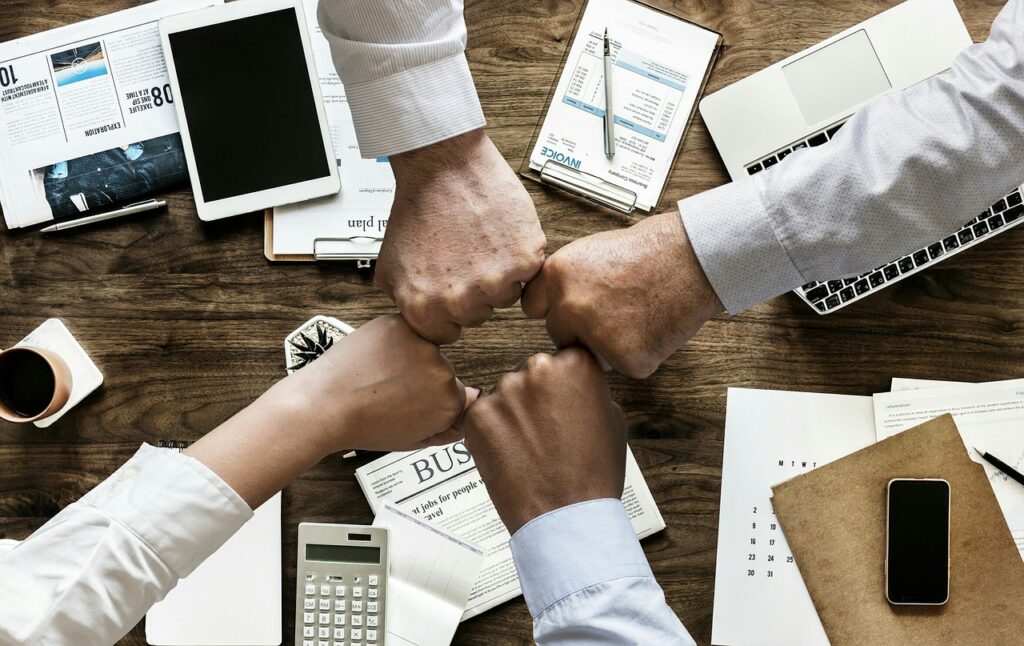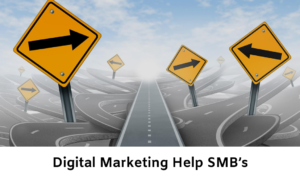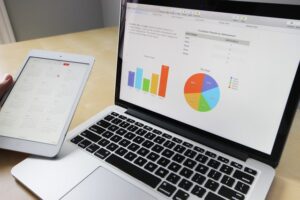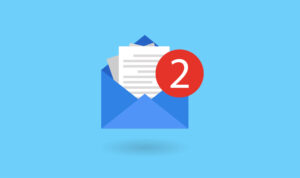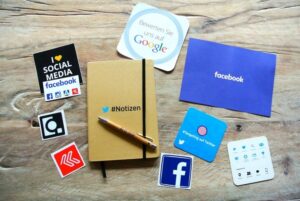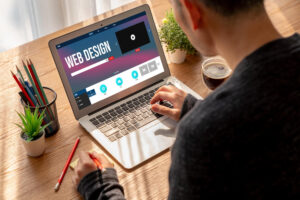Digital marketing and live event marketing are often viewed as two different realms.
Digital is all about being virtual, being online, multichannel, always-on, and global, with the ability to reach anyone, anytime, anywhere.
Event marketing is physical, face to face, real-time. While it offers much greater engagement, intimacy, and builds trust, its reach is far more limited in scope and time.
Right?
Sort of. Actually, the two disciplines work awesomely when used together, to support each other. When digital and event activities are properly coordinated, the result is far greater than what can be achieved with either channel on its own.
Digital channels can increase the reach of an event beyond its live audience, while event marketing can help build a digital brand.
Here’s how the two strategies can be used together before, during, and after a live event in order to maximize the impact.
Before Your Event
Digital marketing will likely be your primary avenue for driving attendance at your live event, perhaps supplemented by some print, direct mail, and out-of-home advertising.
When developing the digital promotion plan for your event, think in terms of the POSEE model:
Paid online advertising;
Owned digital content;
Shared content on social networks;
Earned media; and
Email.
Depending on the type of event, paid advertising may or may not apply. You obviously wouldn’t use this for a customer conference. But for a broader industry expo where you want to drive attendance from sales prospects, tactics like targeted social media, display, and search advertising can be very effective.
Your “owned” content—information about the event, the sessions, the speakers, activities, etc. on your website and blog—should be optimized for search. Even if search traffic volume isn’t large, the cost is relatively low and the conversion rate is generally high.
Sharing the news about your event (and encouraging your followers to share) across social media platforms is a no-brainer. For B2B events, LinkedIn is typically the most productive channel. Twitter can also be effective, even though its organic reach isn’t what it used to be. On both of these channels as well as Instagram, be sure to share and promote your event’s hashtag right out of the gate.
Earned media, like paid advertising, may or may not be appropriate depending on the type of event. If it is, start with a news release about the event at least four weeks in advance of your gathering, and follow that up with media outreach. If applicable, also contact industry influencers, invite them to attend, and encourage them to share your event registration link.
Finally, email is a mainstay for driving event registration. While the tactics above are focused on reaching prospective attendees whom you don’t know, email is for those you do. Since you already have a relationship, email nearly always produces the highest response and conversion rates, at the lowest cost.
During The Event
For starters, display your event hashtag(s) everywhere! Your hashtag should be at bottom of every presentation slide, on every sign and banner, on attendee badges…it should be ubiquitous.
Actively invite attendees to follow your social media accounts, and encourage them to share images, video, and content from the event—always (of course) using your event hashtag.
Other ways to incorporate social media into your event include:
- Encouraging your employees working the event, sponsors, partners, and speakers to share photos and other content.
- Creating ” Instagrammable” spaces and moments.
- Recording short testimonial videos to share on social media and use on your event website to promote your next year’s event (if applicable).
Invite industry influencers to your event, if appropriate. If you have “news” to announce at the event (e.g., a new product launch or partnership agreement), give the news release to your influencers at the same time you post it online and send it to your media contacts.
Think outside the box with your event decor, for example, by creating digital centerpieces for your tables. These can be used to promote sponsors, enable interactivity with session presenters, and make sure that people at the back of the room can see and hear what’s happening on stage clearly.
Finally, extend the reach of your event by live-streaming it, or at least parts on the event, online. Again, promote this through your social media accounts and other digital channels.
After The Event
Create post-session digital content, including session videos and blog posts, optimized for search. Share the content on social media.
Send follow-up email messages to all of your attendees pointing them to event-related resources (such as presentation decks posted online), thanking them for attending, and (if applicable) inviting them to save the date for your next or next year’s event.
Wrapping Up
True, digital marketing (online, anytime) and live event marketing (face to face, in the moment) are dramatically different channels. But both have unique strengths that make them valuable throughout the customer journey. And both are most effective when used together in a coordinated way.

